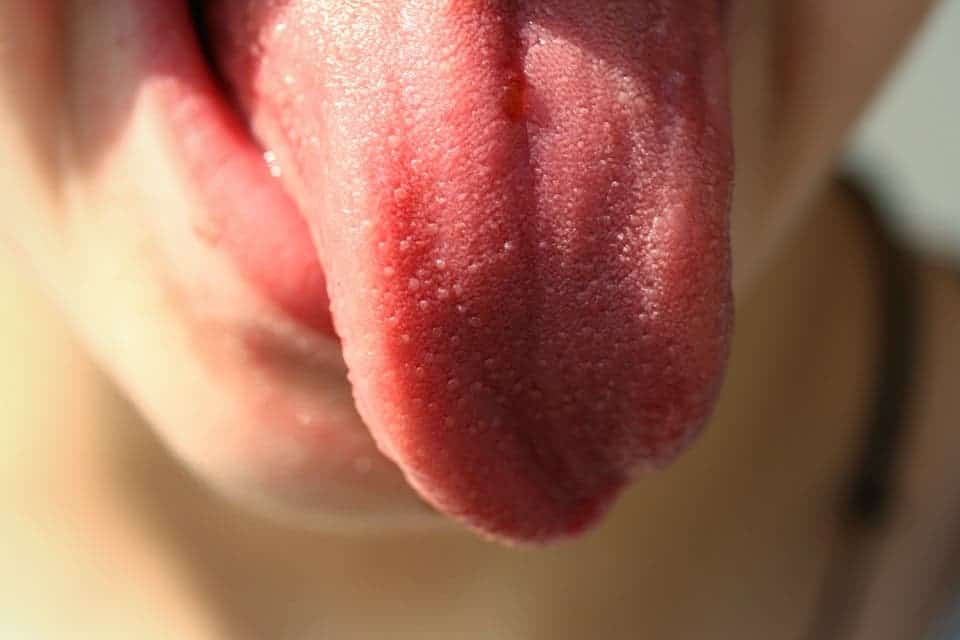New research shows that the senses or taste and smell are much more intertwined than we’ve previously thought.
A team of researchers from the Monell Center report finding functional olfactory receptors — the sensors that detect odors in the nose — in the taste cells of our tongues. The findings suggest that the interactions between smell and taste, both of which comprise flavor, may actually begin on the tongue and not in the brain.
Smelling strawberries
“Our research may help explain how odor molecules modulate taste perception,” said study senior author Mehmet Hakan Ozdener, MD, PhD, MPH, a cell biologist at Monell.
“This may lead to the development of odor-based taste modifiers that can help combat the excess salt, sugar, and fat intake associated with diet-related diseases such as obesity and diabetes.”
You know how we recognize that something smells like strawberries, even though strawberries themselves don’t have a smell when you sniff them? This shows you how smell helps create flavor.
The sense of taste handles sweet, salty, sour, bitter, and umami (savory) molecules on the tongue. It evolved as a quick way for our brains to figure out how nutritious something we’re chewing on is, and make sure it’s not toxic or poisonous. But smell, too, was an important part in detecting the next snack. A pear and an apple taste pretty much the same if you hold your nose while eating. What our brains do when we eat something is to combine taste and smell, alongside information from other senses, to create what we perceive as flavor.
Common wisdom held that information from taste and smell stays separate until reaching the brain. However, Ozdener realized no one has previously checked this assumption. He thought of this when when his 12-year-old son asked him if snakes extend their tongues so that they can smell. So, alongside colleagues at Monell, Ozdener set about culturing living human taste cells.
After developing the techniques that would allow them to maintain such a culture, the team probed the cells, finding many of the molecules present in human olfactory receptors. Next, they employed calcium imaging to show that these cells respond to odor molecules in a manner similar to olfactory receptor cells. Taken together, the data points to olfactory receptors playing a role in our taste systems — possibly by interacting with taste receptors on the tongue. Other experiments by the Monell scientists demonstrated that a single taste cell can contain both taste and olfactory receptors, which supports the present findings.
“The presence of olfactory receptors and taste receptors in the same cell will provide us with exciting opportunities to study interactions between odor and taste stimuli on the tongue,” said Ozdener.
The findings help us better understand how smell and taste interact. However, they could also better inform us about either of those senses individually. We still don’t know, for example, what compounds activate the vast majority of the 400 types of functional human olfactory receptors. The cells cultured by the team, which respond to odors, could be used to screen molecules that bind to such receptors.
The paper “Mammalian Taste Cells Express Functional Olfactory Receptors” has been published in the journal Chemical Senses.










